American painter, decorator, and designer, Louis Comfort Tiffany made significant contributions to glassmaking and decorative design. Additionally, he was an icon of Art Nouveau.
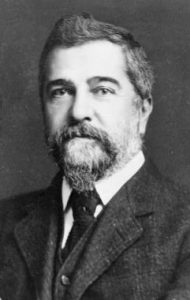
Image source: https://en.wikipedia.org
About His Life
Louis Tiffany was an artist, designer, and glassblower. Born in New York, in 1848, his father was a renowned jeweler, and founder of Tiffany & Company. Louis began experimenting with stained-glass in 1875, and, in 1878, he co-founded a glass company in New York. Then, around the mid-1880s, he founded his own company (later named Tiffany Studios). Further, he created a glass known for its iridescent color called Favril, which helped cement his status as a world leader in glass production. Then, he died in New York in 1933.
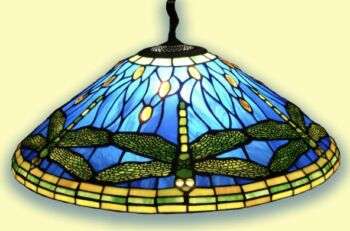
Image source: https://search.creativecommons.org/photos/f03df455-48d2-4b59-b391-c8676cfc9f27 by Hannes Grobe 19:33, 20 June 2007 (UTC)
His Major Works
Lead glass panels represent the ultimate achievement for Tiffany glass production. Additionally, Tiffany windows are designed to be seen, but not seen through. Often, the glass was transparent or opaque, of various colors, sometimes sinuous, and designed to reflect light like a precious stone.
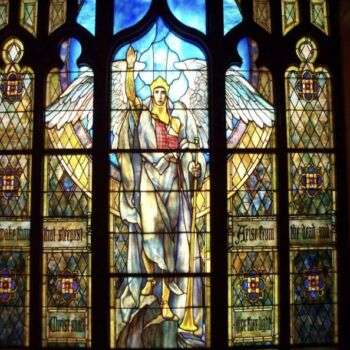
Image source: https://search.creativecommons.org/photos/630456c3-e927-494a-8b38-ba45d65ff945 by Wikipedia Loves Art participant ‘Opal_Art_Seekers_4’
The windows and frescoes contained small pieces of glass, cut to shape and plated with lead that created a single dazzling pattern. Opaque glass tiles have also been used as they adorn walls, mantles, and screens. Among stained-glass windows, the “Seasons” stand out as a symbol of the structure of life, birth, aging, and death. Further, preserved today with all their brilliant elements, these panels remain central topics for understanding genius, innovation, and Tiffany’s place in American design.
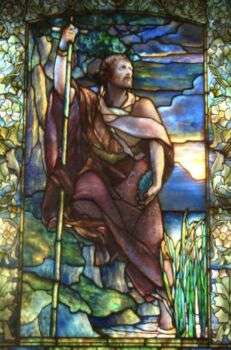
Image source: https://search.creativecommons.org/photos/85781272-5b81-4a1f-9303-172c6d04c6a0 by Boston (talk)
Tiffany Lamps
Tiffany lamps quickly became popular in the United States and abroad. They have tiny pieces of glass decorated with natural patterns of flowers, butterflies, or dragonflies. Additionally, the bronze base completes the shadow with lead. Subsequently, some of the shades were made in folds of pressed glass panels, creating a tweed look.

Image source: https://search.creativecommons.org/photos/fb6451aa-85d2-4e9f-857e-40c264ac34df by Hannes Grobe 19:34, 20 June 2007 (UTC)
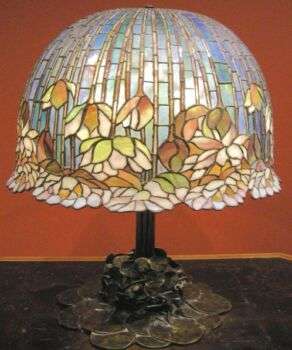
Image source: https://search.creativecommons.org/photos/62f2f4c7-fa3e-4175-9418-bc33fabcb438 by sailko
Features of His Style
- Multitude of colors and different types of glass including: Opalescent glass, Streamer glass, Fracture-streamer glass, Fracture glass, Ripple glass, Ring mottle glass, Drapery glass, and the Favrile glass.
- The lamps had shades of lead-colored glass in flower shapes, geometric shapes, or tiles. Some designs derived from classical art, while others are inspired by Egyptian, Byzantine, Romanesque, and Japanese forms.
- Based on his belief that nature should be the primary source of design inspiration.
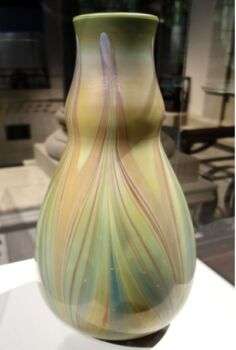
Image source: https://search.creativecommons.org/photos/10694852-d7d4-4f45-af63-ddfbe11a20c0 by Daderot
Info sources:
http://www.senses-artnouveau.com
